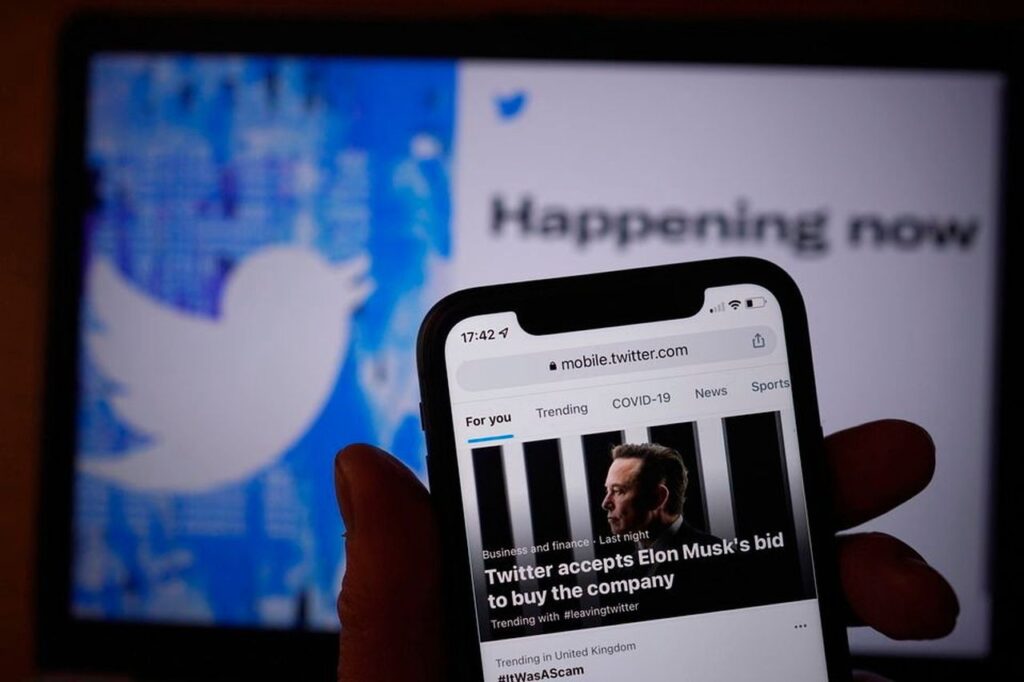Twitter has implemented a temporary limit on the number of tweets users can view each day, causing some controversy and potentially affecting the platform’s advertising prospects.
The move is aimed at addressing excessive data scraping and system manipulation. Elon Musk, who acquired Twitter in a $44 billion deal last year, has made several changes to the platform since then.

Under the new restrictions, users must log in to view tweets. Verified accounts are permitted to read up to 6,000 posts daily, unverified accounts are limited to 600 posts, and new unverified accounts are restricted to 300 posts. Once users reach these limits, they receive a message stating that they have exceeded the rate limit.
However, Musk has announced plans to increase the limits to 10,000 for verified accounts, 1,000 for unverified accounts, and 500 for new unverified accounts in the near future.
Musk’s objective is to make Twitter’s revamped verified service more appealing. He introduced paid subscriptions for verified badges, which were previously awarded to notable profiles. Different tiers of badges, including gray, blue, and golden, were also introduced.
Musk claims that these limits will help combat the extensive data scraping conducted by a wide range of entities, from AI companies and startups to large tech companies. He expressed frustration at having to allocate significant resources to accommodate the valuation demands of certain AI startups.
Also Read: Is Spotify considering full-length music videos on its app?
Generative AI tools like ChatGPT, which utilize massive amounts of internet data to generate various outputs such as poems and images, rely on training data from platforms like Twitter. Consequently, several Twitter users expressed their discontent with the limits, leading to hashtags like “#TwitterDown” and “RIP Twitter” trending on the platform in recent days.
These restrictions disproportionately impact accounts operated by information agencies, journalists, and monitoring services, as they rely on reviewing thousands of tweets daily.
The backlash against the limits stems from concerns about hindering the flow of information and impeding the work of these entities. However, Musk’s aim is to strike a balance between addressing data scraping concerns and ensuring a functional and valuable platform for users.
Following Elon Musk’s announcement of limits on Twitter, alternative platforms such as Bluesky and Mastodon experienced a significant increase in user activity. Bluesky, a platform initiated by Twitter co-founder Jack Dorsey and currently in beta mode, reported a surge in traffic, reaching “record high” levels on Saturday. As a result, Bluesky temporarily halted new sign-ups to manage the influx of users.
Similarly, Mastodon, another alternative platform, witnessed substantial growth in its active user base. Eugen Rochko, the creator and CEO of Mastodon, stated that the platform saw a rise of 110,000 users on the same day.
In summary, the limitations imposed on Twitter prompted a notable migration of users to alternative platforms like Bluesky and Mastodon, resulting in increased activity and engagement on those platforms.

I am a law graduate from NLU Lucknow. I have a flair for creative writing and hence in my free time work as a freelance content writer.